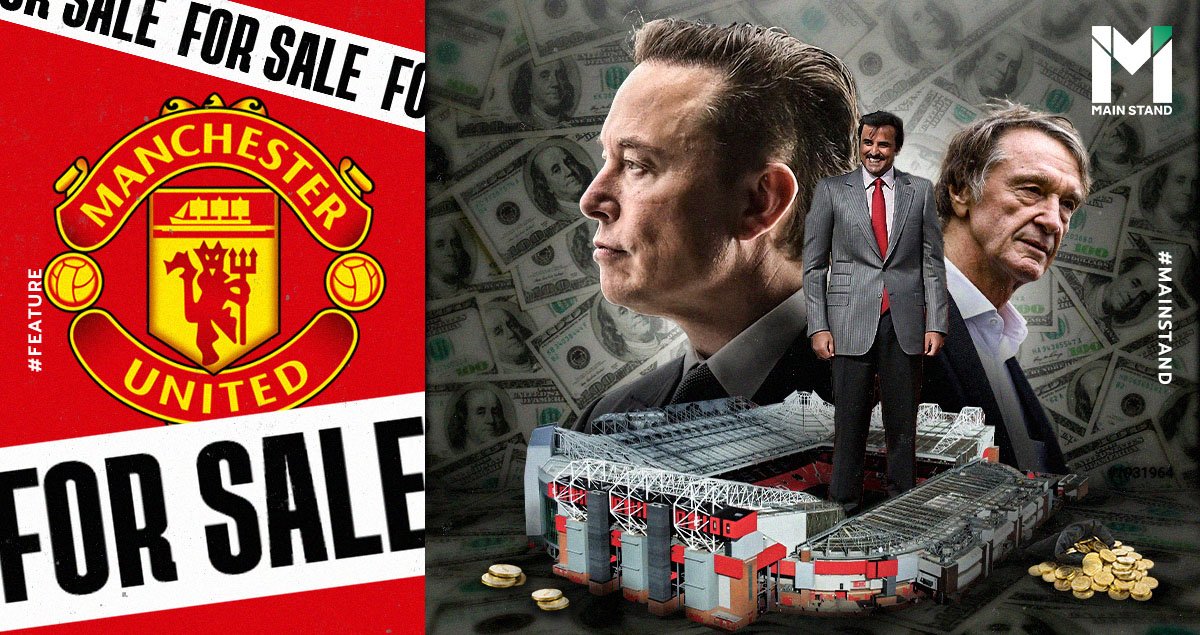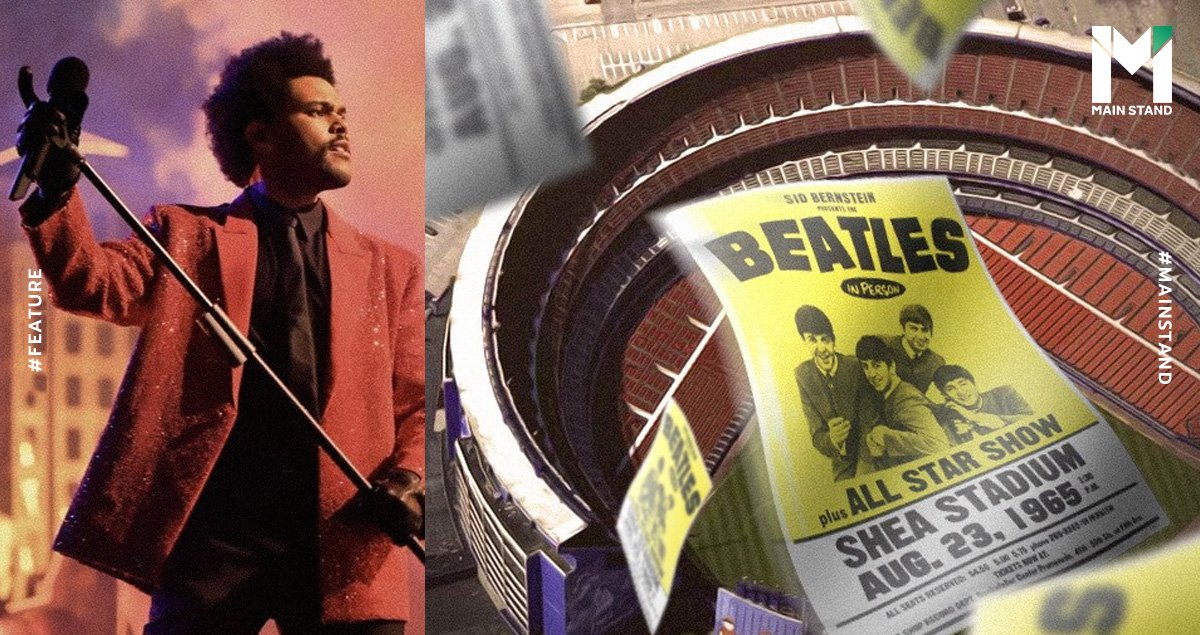
Increasingly, sports stadiums are being used to host major concerts. Their larger size is appealing to more popular artists, and the atmosphere and experience have become popular among music enthusiasts.
However, there are certainly tradeoffs to this approach. The most common example is technical errors which could result in lower sound quality.
Hosting concerts in sports stadiums has been practiced since the 1960s. However, the question still remains - are they the best option available? Main Stand walks you through the pros and cons to see if sporting grounds are truly fit to host concerts.
The more the merrier
Firstly the “stadiums” we are talking about are actually divided into two types: arenas and stadiums. It is important to note the subtle differences between them.
Arenas are slightly smaller than stadiums and are enclosed. Basketball is an example of a sport played in an arena. Meanwhile, stadiums are, in general, roofless and used for sports such as football. This article focuses on the latter.
We have to look all the way back to August 15, 1965, to find the first concert hosted in a major stadium, during the Beatles' tour of Queens, New York.

A famous promoter named Sid Bernstein came up with the idea. He wanted to use the $28.5 million stadium owned by the baseball team New York Mets, which was completed in the previous year, for holding the concert. Thanks to the zenith of “Beatlemania,” Bernstein was confident that the tickets would be sold out.
He was correct - over 56,000 people turned up at the concert and packed the stadium to the rafters. The Beatles’ ground-breaking gig in 1965 at Shea Stadium became the finest concert of the era and was dubbed one of their best concerts in the United States.
“This was the first time that one of those stadiums was used for a rock concert,” recalled guitarist George Harrison.
Bassist Paul McCartney added that “Once you go on stage and you know you’ve filled a place that size, it’s magic; just walls of people. Half the fun was being involved in this gigantic event ourselves.”
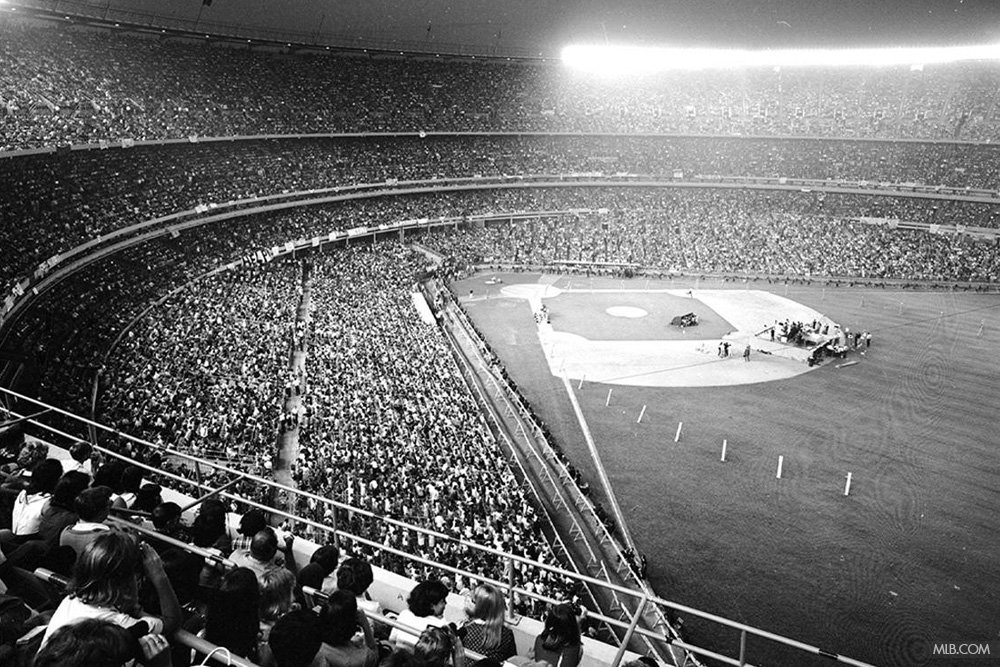
John Lennon, Paul McCartney, George Harrison, and Ringo Starr inspired tons of musicians to host concerts inside stadiums. The concert at Shea Stadium grossed $304,000, breaking the record for revenue generated by a single concert.
Despite their stunning performance at Shea Stadium, the Fab Four were confronted by numerous technical errors. The band had to perform facing the amphitheater. The fans’ screaming was so deafening that the lads from Liverpool could barely hear their own voices. Regardless, it was a groundbreaking event and the start of a sea change in the music industry.
Versatile stadiums
The Beatles’ huge success led to ubiquitous concerts inside stadiums. In the 1970s, many rock bands began to follow their lead.
English hard-rock group Led Zeppelin was another band that popularized hosting concerts in stadiums. Their concert at Tampa Stadium in Florida managed to draw a total of 56,800 in 1973, finally surpassing the Fab Four’s record.
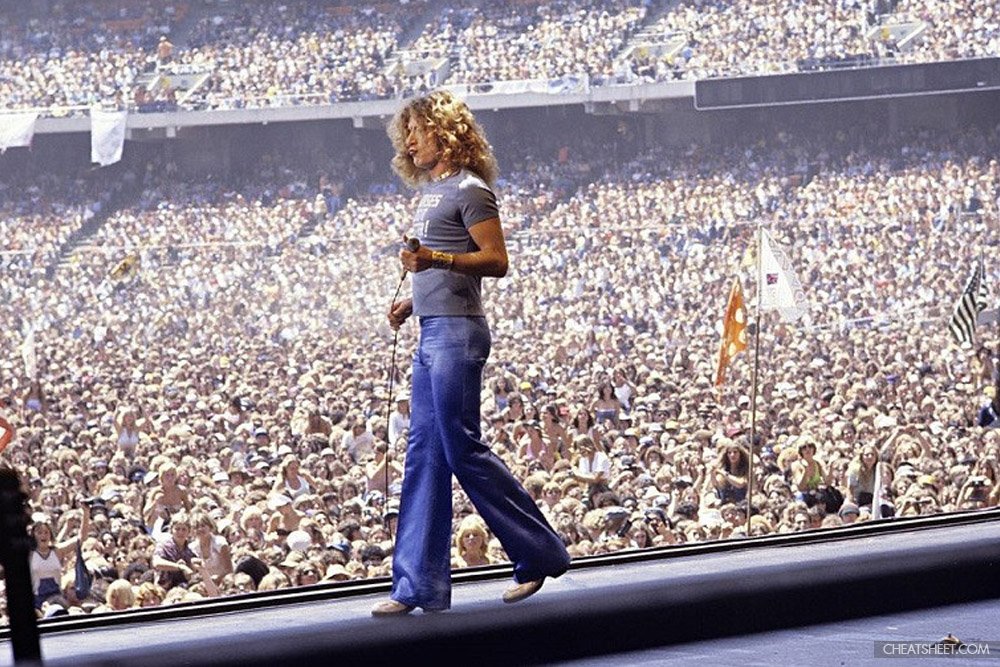
In 1977, Led Zeppelin visited the US for the third time as the hottest hard-rock band in the era. They performed a concert at Tampa Stadium once again, and following its capacity expansion, managed to draw over 70,000 people to the ground.
However, it was a moment remembered for the wrong reasons.
Led Zepplin took to the stage amid a major downpour. Performing in a roofless area, therefore, posed technical issues, and the band was concerned about electrical safety. After they had played only two songs, they needed to prematurely end the gig because they were unable to continue the performance.
A group of fans, numbering about 4,000, were infuriated by the decision and began to demand that the group return to the stage. Violence broke out, and police officers were focused to retaliate against the massive crowd, injuring hundreds of people.
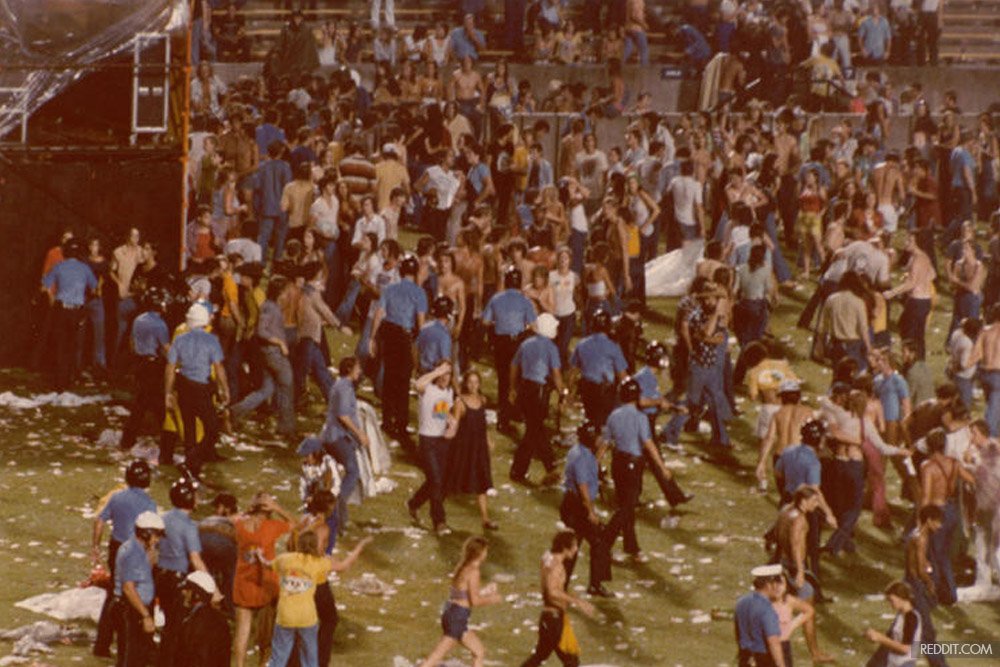
Led Zeppelin’s rain-aborted concert has become an interesting case study because it is an epitome of outdoor concerts with both advantages and disadvantages. Had the concert continued seamlessly, the 1977 Led Zeppelin concert might have been one of the greatest ever. On the other hand, if the band’s worst fears regarding the electric wiring come to pass, it might have ended up as a major tragedy.
Based on the information mentioned above, some might reckon holding concerts in stadiums is not ideal because such places are not designed to serve the purpose. We should not jump to the conclusion though because they are, indeed, “multi-purpose stadiums” which are designed to host both sports and concerts. For example, both Wembley Stadium in London, England and the AT&T Stadium in Arlington, Texas, USA are not exclusively sports venues and can be used for a whole variety of other events.
Murky, muffled, echoey
Another major trade-off bands have to face when performing in outdoor venues is the reduction in sound quality.
A survey by Singapore’s Straits Times, which collected comments from people regarding concerts held at the Singapore National Stadium, found that the vast majority of fans were dissatisfied with the audio quality.
For example, One Direction’s stadium concert in 2015 was mostly drowned out by the sound of 30,000 fans shouting and singing along.
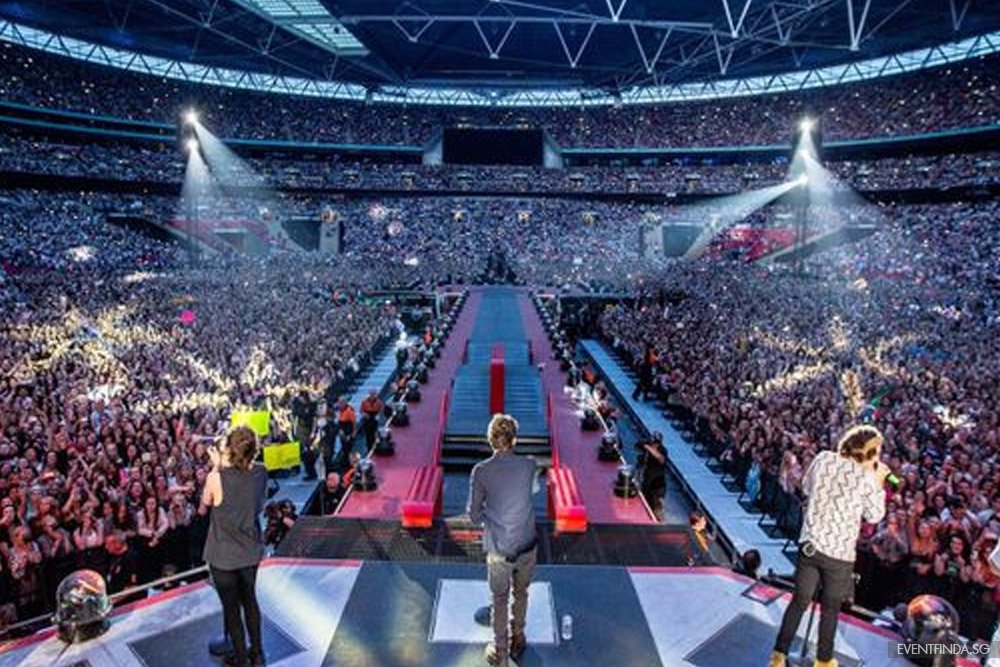
Worse still, the 2014 Jay Chou concert was defined as “murky, muffled, echoey” or even inaudible at times, particularly when acoustic songs were performed. The audio quality was so poor that the fans subsequently requested a refund.
However, setting up sound systems in major outdoor venues can become extremely expensive, and promoters often shy away from incurring these costs. Ngiam Kwang Hwa, a 55-year-old Singaporean promoter, explained: “It’s not quite fair to say the National Stadium is a lousy venue. So far, unfortunately, most concert promoters haven’t done a wonderful job. Because of costs, they’re not investing enough in the sound.”
A possible solution is setting up more speakers at various positions. However, this typically requires a major outlay. Promoters typically ignore such problems, in the knowledge that they are likely to make the same profits even without this investment.

William Lee, a sound technician at the Singapore National Stadium, said that the estimated cost of enhancing the audio quality can be up to $80,000 Singapore Dollars or approximately 1.9 million baht.
The stadium's structure, too, can affect the sound quality. As Shah Tahir, a sound engineer opined; “It naturally has a lot of echo and reverb. The dome makes things worse as it's permanent and the opening is only a small area. It's a hard metallic surface and there's no acoustical treatment of design.”
Therefore, even if promoters are willing to invest in more speakers, it's unlikely they would be able to replicate the sound quality of indoor venues.
Size does matter
On the whole, though, the allure of large concerts in stadiums tends to override these problems.
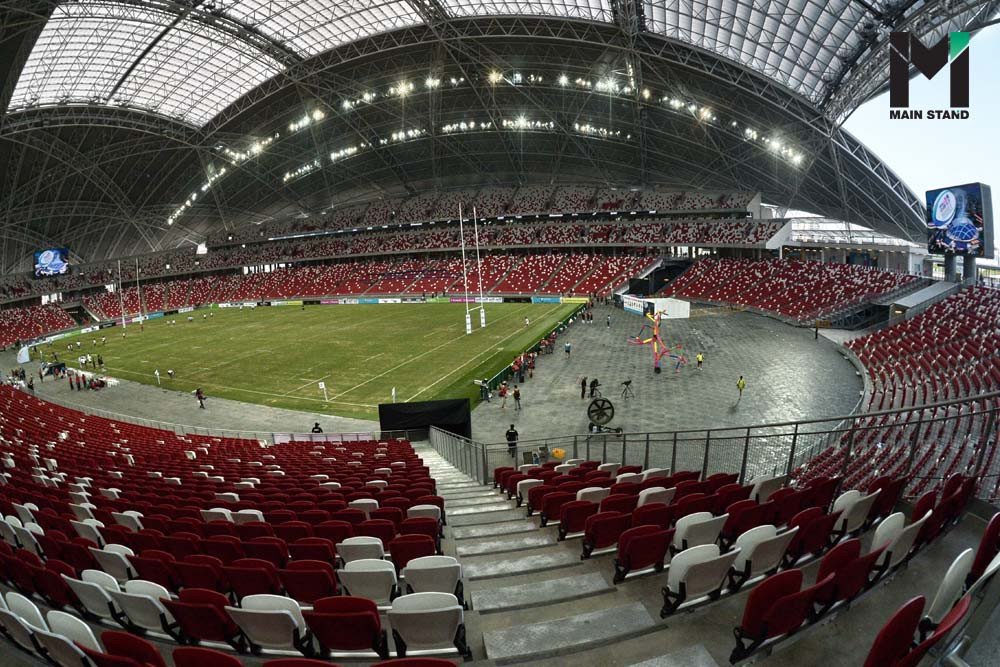
Examples are the Queen concert at the Live Aid in 1985, which was viewed as the best rock concert of all time. Add to that Paul McCartney’s concert at Maracanã Stadium in Brazil in 1990, and BTS’ concert at the Rose Bowl in Pasadena, California in 2019.
And the most unforgettable one is probably the 55th Super Bowl half-time show on February 7, 2021, performed by The Weeknd, an R&B artist of the era. The performance was extremely well-received, with positive feedback in terms of the performance, production, the number of dancers, a backup band, and props. This is a testament to the fact that, if planned correctly, concerts in stadiums can be a major hit.
In a remarkable coincidence, the Weeknd’s halftime show was held at the Raymond James Stadium, a successor to the Tampa Stadium which hosted the ruinous 1977 Led Zeppelin concert. Finally, after 44 years, it was finally able to atone and play host to an incredible performance.
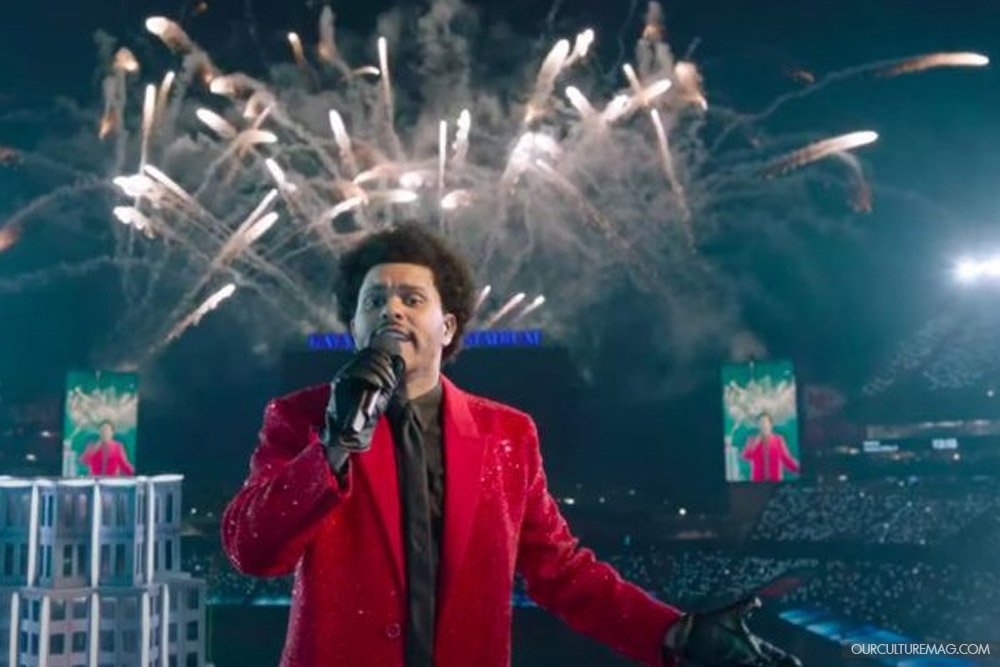
It is undeniable that hosting concerts in stadiums come with major tradeoffs and often presents technical problems. Sometimes, things can go wrong. However, when artists, bands, and promoters are able to get things right, they usually become unforgettable experiences.
Sources:
https://www.radiox.co.uk/features/x-lists/the-biggest-rock-gigs-of-all-time/
https://www.rollingstone.com/music/music-news/why-the-beatles-shea-stadium-show-was-even-greater-than-you-knew-227621/
https://www.straitstimes.com/lifestyle/entertainment/unfair-to-pin-all-blame-on-national-stadium
https://tampahistorical.org/items/show/178
https://www.thebeatles.com/film/beatles-shea-stadium
https://www.thisdayinmusic.com/liner-notes/the-beatles-invent-stadium-rock/
https://variety.com/2019/music/news/bts-tour-rose-bowl-report-photos-1203205440/
https://variety.com/2016/music/spotlight/beatles-music-history-shea-stadium-1201861551/






